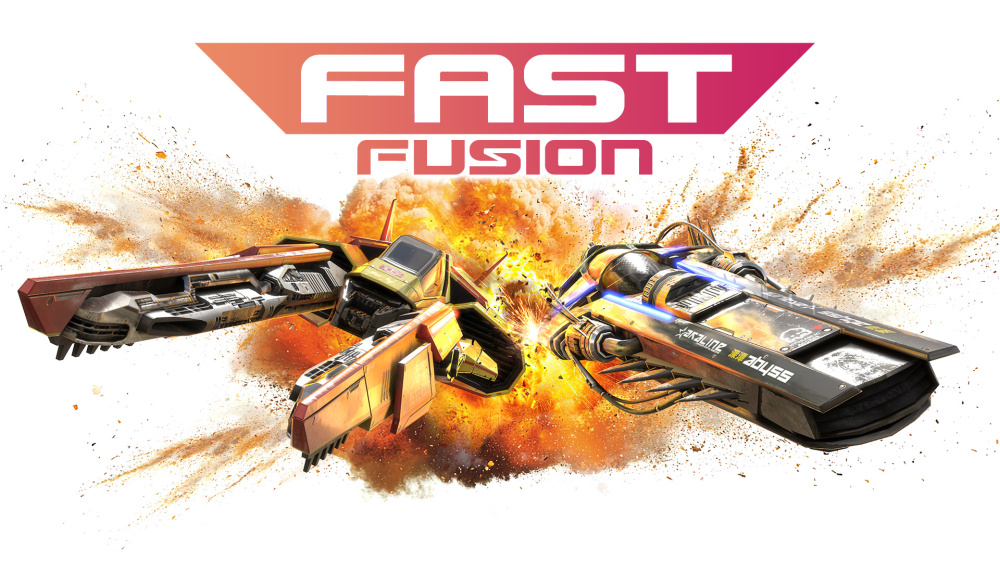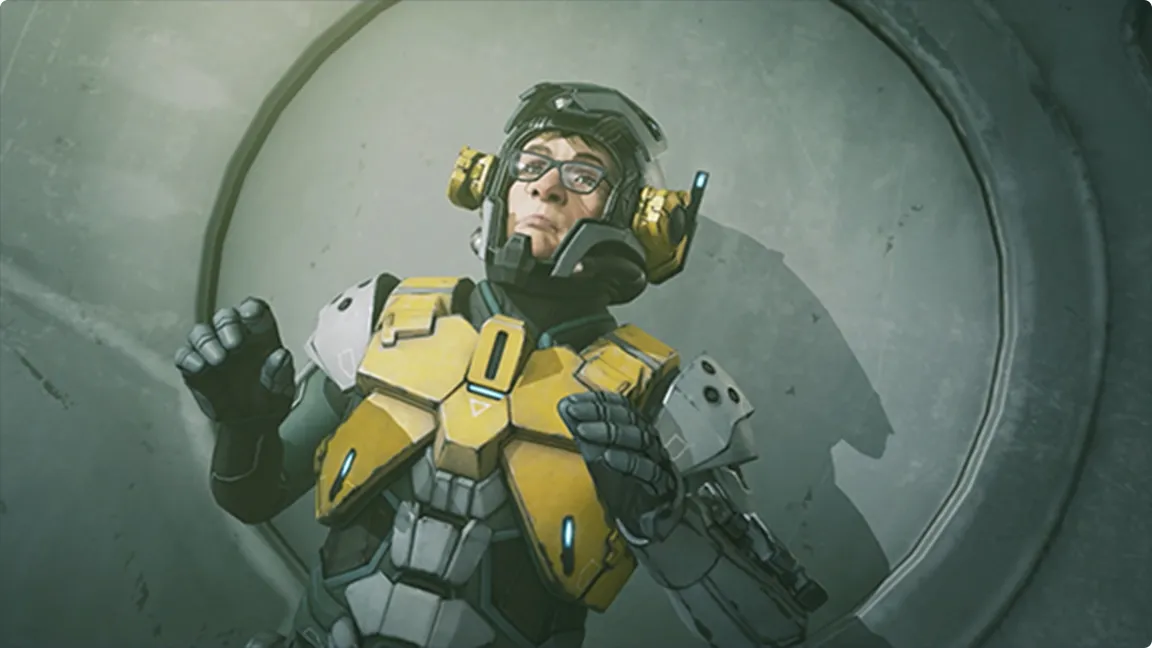Fast Fusion on Nintendo Switch 2: In-Depth Technical Analysis Reveals Innovations and Challenges
With the launch of Fast Fusion, developer Shin’en once again pushes the boundaries of high-speed racing on Nintendo Switch 2.
As a prominent sequel to the acclaimed Fast RMX, Fast Fusion brings larger tracks, improved visual fidelity, and cutting-edge engine enhancements to Nintendo’s newest platform.
Thanks to a recent technical breakdown by Digital Foundry, gaming enthusiasts now have a comprehensive view of how Shin’en leverages Switch 2’s hardware to achieve both ambition and efficiency, while also addressing technical challenges that come with such advances. Significant Engine Enhancements and File Size Optimization Shin’en has completely overhauled the lighting and materials engine for Fast Fusion, deploying a hybrid system that merges multiple lighting techniques.
This innovative method uses a mix of dynamic caching and limited baked lighting data, keeping lighting memory usage per track between just 5-15MB, and the total baked lighting footprint at approximately 120MB.
By embracing this lean approach, Fast Fusion maintains a remarkably small overall file size of only 3.5GB.
These optimizations provide space for expansive courses, richer detail, and improved track environments compared to its predecessor, Fast RMX. Lighting, Resolution, and the Role of DLSS An important technical milestone for Fast Fusion is its advanced handling of lighting calculations.
All lighting is deferred and processed on the GPU, easing the burden on the Switch 2’s CPU.
Thanks to this scalability, performance scales linearly with resolution.
The game supports a range of output resolutions—including 1080p, 1440p, and 4K—though it achieves these numbers using deep upscaling technologies.
Shin’en relies heavily on the latest DLSS (Deep Learning Super Sampling) implementation for Switch 2.
However, early reports highlight that aggressive upscaling from base resolutions as low as 612p up to 4K via DLSS introduces image quality issues and noticeable visual artifacts.
As Digital Foundry points out, Fast RMX on the original Switch sometimes delivered a crisper and more stable image because it targeted higher native resolutions with less reliance on sophisticated upscaling. Shin’en has actively addressed these concerns.
The upcoming Patch 1.3, set to release imminently, will enable players to select a new resolution scaling mode.
This mode is designed to achieve 1440p in docked mode and 1080p in handheld mode, using a scaling technique reminiscent of Fast RMX to deliver a sharper visual experience while preserving performance. Performance Modes and Audio-Visual Excellence Fast Fusion offers multiple performance presets: Performance, Balance, and Quality modes, each targeting a 60 frames-per-second (FPS) experience with variable pixel input quality.
The new Ultra Quality mode prioritizes visual fidelity but operates at 30 FPS.
Notably, image quality can decrease when using GameShare features, but overall material quality, environment detail, and vehicle design remain highlights of the experience.
Volumetric fog and advanced post-processing effects add to the sense of immersion, while the HDR implementation and full surround sound support elevate the audio-visual experience to a new standard for arcade racing on the Switch 2. Conclusion: Pushing the Limits on Nintendo Switch 2 Fast Fusion exemplifies Shin’en’s technical mastery and ability to optimize for Nintendo platforms, bringing larger courses, advanced lighting systems, and next-generation upscaling methods to the Nintendo Switch 2.
Thanks to a willingness to iterate and address image quality issues, the studio continues to refine the player experience through updates like Patch 1.3.
As Fast Fusion races onto the eShop, it stands as a showcase of technical progress and design innovation within Nintendo’s expanding ecosystem.
As a prominent sequel to the acclaimed Fast RMX, Fast Fusion brings larger tracks, improved visual fidelity, and cutting-edge engine enhancements to Nintendo’s newest platform.
Thanks to a recent technical breakdown by Digital Foundry, gaming enthusiasts now have a comprehensive view of how Shin’en leverages Switch 2’s hardware to achieve both ambition and efficiency, while also addressing technical challenges that come with such advances. Significant Engine Enhancements and File Size Optimization Shin’en has completely overhauled the lighting and materials engine for Fast Fusion, deploying a hybrid system that merges multiple lighting techniques.
This innovative method uses a mix of dynamic caching and limited baked lighting data, keeping lighting memory usage per track between just 5-15MB, and the total baked lighting footprint at approximately 120MB.
By embracing this lean approach, Fast Fusion maintains a remarkably small overall file size of only 3.5GB.
These optimizations provide space for expansive courses, richer detail, and improved track environments compared to its predecessor, Fast RMX. Lighting, Resolution, and the Role of DLSS An important technical milestone for Fast Fusion is its advanced handling of lighting calculations.
All lighting is deferred and processed on the GPU, easing the burden on the Switch 2’s CPU.
Thanks to this scalability, performance scales linearly with resolution.
The game supports a range of output resolutions—including 1080p, 1440p, and 4K—though it achieves these numbers using deep upscaling technologies.
Shin’en relies heavily on the latest DLSS (Deep Learning Super Sampling) implementation for Switch 2.
However, early reports highlight that aggressive upscaling from base resolutions as low as 612p up to 4K via DLSS introduces image quality issues and noticeable visual artifacts.
As Digital Foundry points out, Fast RMX on the original Switch sometimes delivered a crisper and more stable image because it targeted higher native resolutions with less reliance on sophisticated upscaling. Shin’en has actively addressed these concerns.
The upcoming Patch 1.3, set to release imminently, will enable players to select a new resolution scaling mode.
This mode is designed to achieve 1440p in docked mode and 1080p in handheld mode, using a scaling technique reminiscent of Fast RMX to deliver a sharper visual experience while preserving performance. Performance Modes and Audio-Visual Excellence Fast Fusion offers multiple performance presets: Performance, Balance, and Quality modes, each targeting a 60 frames-per-second (FPS) experience with variable pixel input quality.
The new Ultra Quality mode prioritizes visual fidelity but operates at 30 FPS.
Notably, image quality can decrease when using GameShare features, but overall material quality, environment detail, and vehicle design remain highlights of the experience.
Volumetric fog and advanced post-processing effects add to the sense of immersion, while the HDR implementation and full surround sound support elevate the audio-visual experience to a new standard for arcade racing on the Switch 2. Conclusion: Pushing the Limits on Nintendo Switch 2 Fast Fusion exemplifies Shin’en’s technical mastery and ability to optimize for Nintendo platforms, bringing larger courses, advanced lighting systems, and next-generation upscaling methods to the Nintendo Switch 2.
Thanks to a willingness to iterate and address image quality issues, the studio continues to refine the player experience through updates like Patch 1.3.
As Fast Fusion races onto the eShop, it stands as a showcase of technical progress and design innovation within Nintendo’s expanding ecosystem.






